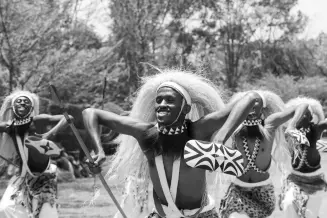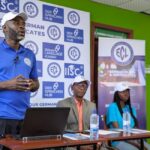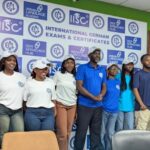Rwandan Intore Dance Joins World Cultural Heritage

The Rwandan Intore dance has recently been added to the United Nations Educational, Scientific and Cultural Organization (UNESCO) list of the world’s intangible cultural heritage. This prestigious recognition highlights the cultural significance of the Intore dance, which has been celebrated for its unique performance style by groups such as Rwanda National Ballet Urukerereza and others widely admired both within Rwanda and beyond.
The announcement was made on December 3, 2024, through UNESCO’s official website and its social media platforms, including X (formerly Twitter), underscoring the global importance of this traditional art form. Intore’s inclusion came during the 19th session of the UNESCO Council of Representatives for the Protection of World Heritage, held in Asunción, Paraguay, from December 2-7, 2024. Notably, Intore is the first Rwandan entertainment tradition to earn this honor.

In addition to the Intore dance, UNESCO recognized various other cultural practices around the world, such as the fish farming methods of Korea, Serbia’s tradition of painting, and Saudi Arabia’s art of rose flower arranging.
This recognition of Intore follows a significant pattern of acknowledgment for Rwandan culture. Just a year before this event, four monuments related to the 1994 genocide against the Tutsi and Nyungwe National Park were also inscribed on the World Heritage list.

Described by UNESCO as a dynamic and symbolic dance, Intore features performers arranged in lines to mimic warriors on a battlefield. Through precise movements with spears, shields, and traditional instruments like drums and horns, dancers reenact a battle with an unseen enemy. Accompanied by songs and poems that celebrate victory, the dance is a powerful expression of strength and resilience. It plays a central role in community events such as harvest festivals and ceremonial welcome celebrations.
The origins of Intore trace back to the reign of King Kigeli IV Rwabugili in the late 19th century. The dance, known as “Umuhamirizo w’Intore,” was initially a male-only performance, designed to showcase military prowess and bravery.

Introduced by Prince Muhigirwa, son of Kigeli IV, the dance became a key component of royal ceremonies before spreading to the broader population. With influences from both Rwandan and Burundian traditions, the dance represents an impressive fusion of cultures, blending ceremonial and martial elements.
Today, the Intore dance stands as a cherished cultural treasure, embodying both Rwanda’s history and its vibrant, living traditions.
Trending Now
Hot Topics
Related Articles
Enroll Now Before 31 December 2025: International German Language Exams Launch in Rwanda
Rwanda will host the European Consortium for the Certificate of Attainment in...
Rwanda Validates Environment and Climate Change Mainstreaming Strategy 2024–2029
This Tuesday, 23 December 2025, the Rwanda Environment Management Authority (REMA), in...
Rwanda Opens New Doors with International German Language Certification
Rwanda has taken a significant step in expanding access to global education...
Rwanda Expands Education Partnership with Zimbabwe to Include Model Schools
Rwanda has expanded its education cooperation with Zimbabwe to include model schools,...














Leave a comment